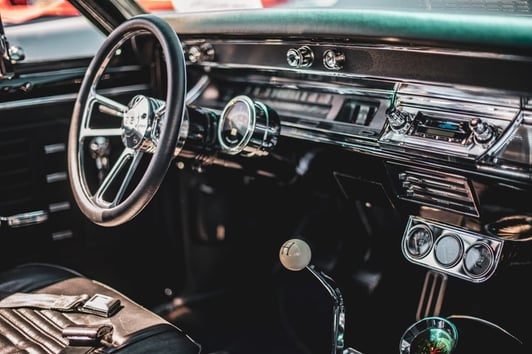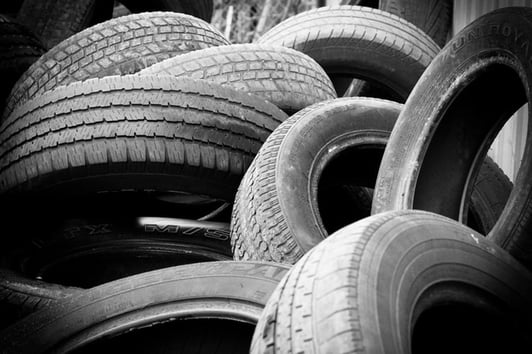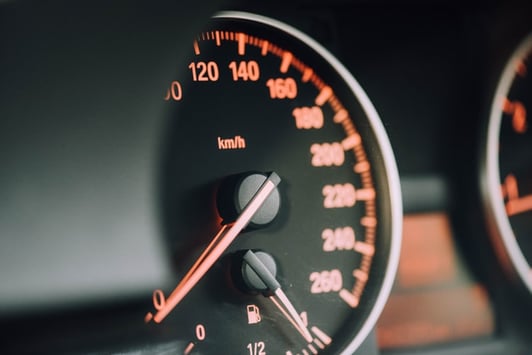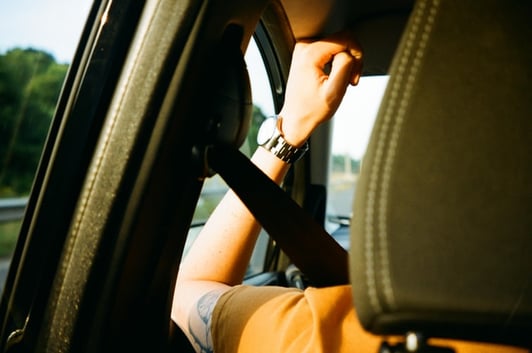Driver safety involves both the driver and the vehicle. This means not only adopting sound driving practices but also making regular safety procedures your personal responsibility, if you drive for work or pleasure. Here are five sound safety checks you should incorporate into your daily routine:
1 – Lights, indicators, windscreen and windows

Always check these parts of the car. Make sure you have spare bulbs in the car in case you need to change them, check that indicators are functioning correctly and that lights are clean in order to optimise visibility. Do the same with the windscreen and windows and verify there are no cracks, or anything to restrict your view.
2 – Body and inside of the vehicle

Inspect the vehicle body for obvious signs of damage and take care of the inside as well. Keep your vehicle clean and tidy, do not leave surplus material inside and do not overload the vehicle. Ensure any items inside cannot fall into the driver area accidentally and cause a potentially dangerous problem whilst driving.
3 – Tyres

Check your tyre pressure regularly, you may need to adjust them according to the time of year. Remember also to inspect the status of your spare wheel. Check that your tyres are not worn and try to avoid excessive braking, speed and acceleration in order to prevent unnecessary wear and tear to them.
4 – Fuel

Make sure you always have enough fuel and the correct type of fuel for your car. Fill up in the early hours and avoid running the tank near empty before refuelling. Stop at a garage when the tank is around half-full and operate the trigger gently to prevent fuel from evaporating or spilling.
5 – Seat

Adjust the seat to suit you. Make sure it is upright and allows you to reach all the pedals comfortably, that you can see all the dashboard indicators, and you have the clearest possible view of the road. Check the mirrors and windows. Make sure your seatbelt is working smoothly and not twisted, or its movement hampered, or restricted, before fastening.
Do you have any other tips for keeping your vehicle safe and want to share them with us? Let us know what you think and leave a comment. If you need any advice on how to optimise your vehicle fleet, do not hesitate to contact us.
